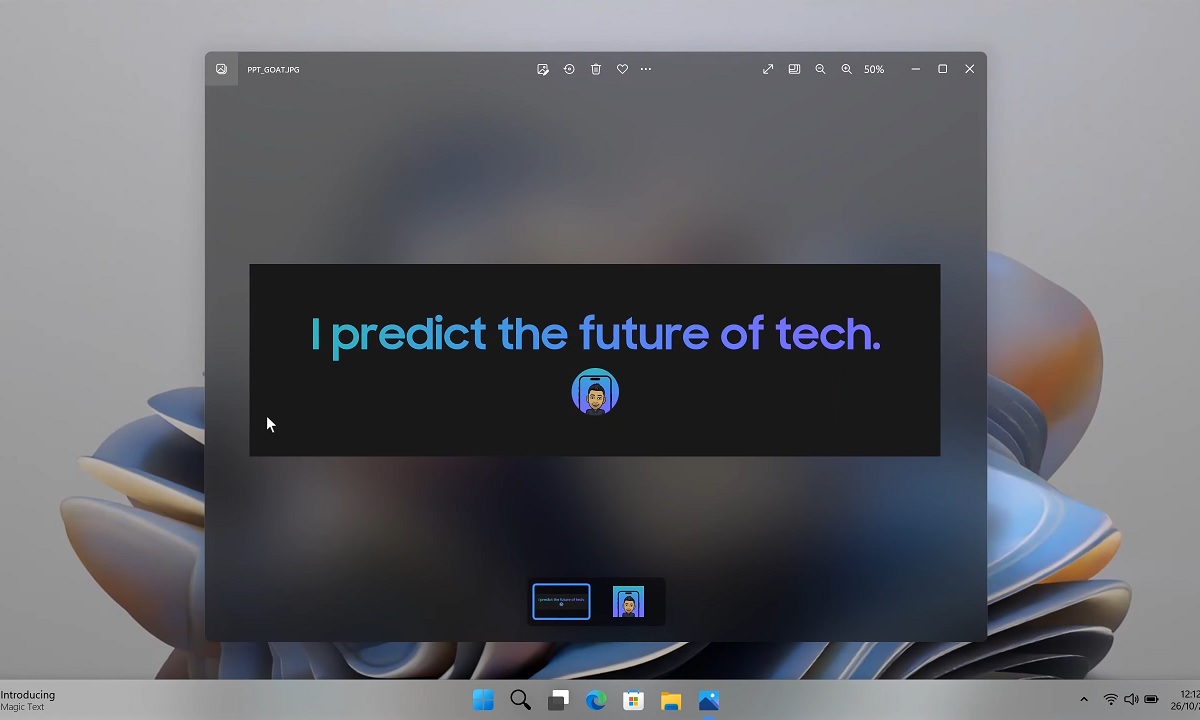AI, ARM and Windows 12, the three keys to the PC of 2024
- January 1, 2024
- 0
PC sales were a challenge in 2023 and the market fell sharply, although the red numbers eased in the latter part of the year after good numbers from
PC sales were a challenge in 2023 and the market fell sharply, although the red numbers eased in the latter part of the year after good numbers from

PC sales were a challenge in 2023 and the market fell sharply, although the red numbers eased in the latter part of the year after good numbers from the Black Friday campaign and Christmas sales. The reasons varied, from a seasonal break after the large growth during the COVID pandemic to a delicate macroeconomic situation. Also due to the rise in prices of components, which did not encourage companies and consumers to renew electronic devices.
The situation will change and most analysts expect a return to growth with estimates of an increase between 3% and 8% year-on-year. There are several factors that could play into this, and at the start of the year we wanted to highlight three keys to PC 2024 that we believe could act as a catalyst.
The arrival of artificial intelligence technologies to the end customer, thanks to the launch of developments such as ChatGPT, was one of the key innovations of 2023 in technological matters. Its deployment will be generalized in 2024. Don’t be surprised to see AI in the most unexpected services or products, because we will have AI this year ‘even in soup’. Also for sale PC.
The purpose of personal computers is to support the operation of operating systems and applications through artificial intelligence. If we have already seen in mobile phones how neural processing units work with cameras, in computers they should focus on productive tasks, search or above all security, although in the future they will be able to perform almost any type of task. Microsoft, as the one responsible for the operating system that dominates the computing space, has a lot to do and we have already seen the first possibilities of Copilot. But application providers also have a role to play, with examples like Adobe perhaps the most advanced in this section.
In terms of hardware, both Intel and AMD have started to incorporate specific hardware chips speed up AI tasks. Qualcomm has the most advanced development at least in terms of pure performance measured in TOPS due to its experience in mobile development. Many new developments are expected in 2024, including NVIDIA’s likely entry into the segment with PC accelerators derived from what it already has for servers. The entrance of the green giant would be a turning point.
Microsoft has (again) changed the system development schedule with new versions released every 3 years. In 2024, there are news and a few clues, including a screenshot from Microsoft itself at the Ignite conference and a statement from Intel executives that “windows update”point to the arrival of Windows 12 this year.
Microsoft systems, as desktop monopolizers, usually were incentive for major computer equipment upgrades. Especially in businesses, even though the latest development (Windows 11) didn’t work as expected and the migrations haven’t arrived yet. There is no doubt that Windows 12 would be a game changer, but will Microsoft launch it considering the huge presence of Windows 10 and the increase in fragmentation that would mean?

And how would that be? Real news or what is more AI? Microsoft has been thinking about a Windows “revolution” for a decade. It should be remembered that Windows has legacy components that date back to Windows 95. The company would like to leave them behind, but let’s see who has the cat, considering that the Windows ecosystem in terms of hardware and software is monstrous today and must endure.
The answer should one day come with a development like the interesting Windows Core OS that appeared a few years ago and was expected to debut on foldable Surfaces, but which definitely hasn’t arrived and the truth is, we have no idea what stage it is . v. As its name suggests, it would include a base core to which module-based layers would be added to adapt to each device it would run on. Core OS would remove all previous legacy components, natively run Universal Windows Platform (UWP) apps as well as PWA (Progressive Web Apps). We’ll see.
Apple showed the rest of the industry how it could successfully convert its PC hardware architecture using its own designs licensed from ARM. Except for Apple, it’s obvious ARM will one day take off on PCsshowing the advantages we see on mobile phones and tablets where they absolutely dominate.
This will require capable hardware and software. Microsoft in conjunction with Qualcomm, has been trying for ten years with, without success. Presentation of Snapdragon It is not excluded that both Intel and AMD will eventually enter the architecture. The former already uses that hybrid concept that has become popular in mobile chips and will produce silicon under architecture for third parties from its foundry. And if NVIDIA eventually enters ARM CPUs by adding its graphics technologies, a revolution is guaranteed.
There is a Microsoft key in the software section. The goal is to create Windows that runs as well on the x86 architecture as it does on ARM, and is able to run apps and games at the same level. The problem, as we’ve commented so many times, is supporting all the existing code that until now has not been able to properly support Windows on ARM.
Source: Muy Computer
Donald Salinas is an experienced automobile journalist and writer for Div Bracket. He brings his readers the latest news and developments from the world of automobiles, offering a unique and knowledgeable perspective on the latest trends and innovations in the automotive industry.